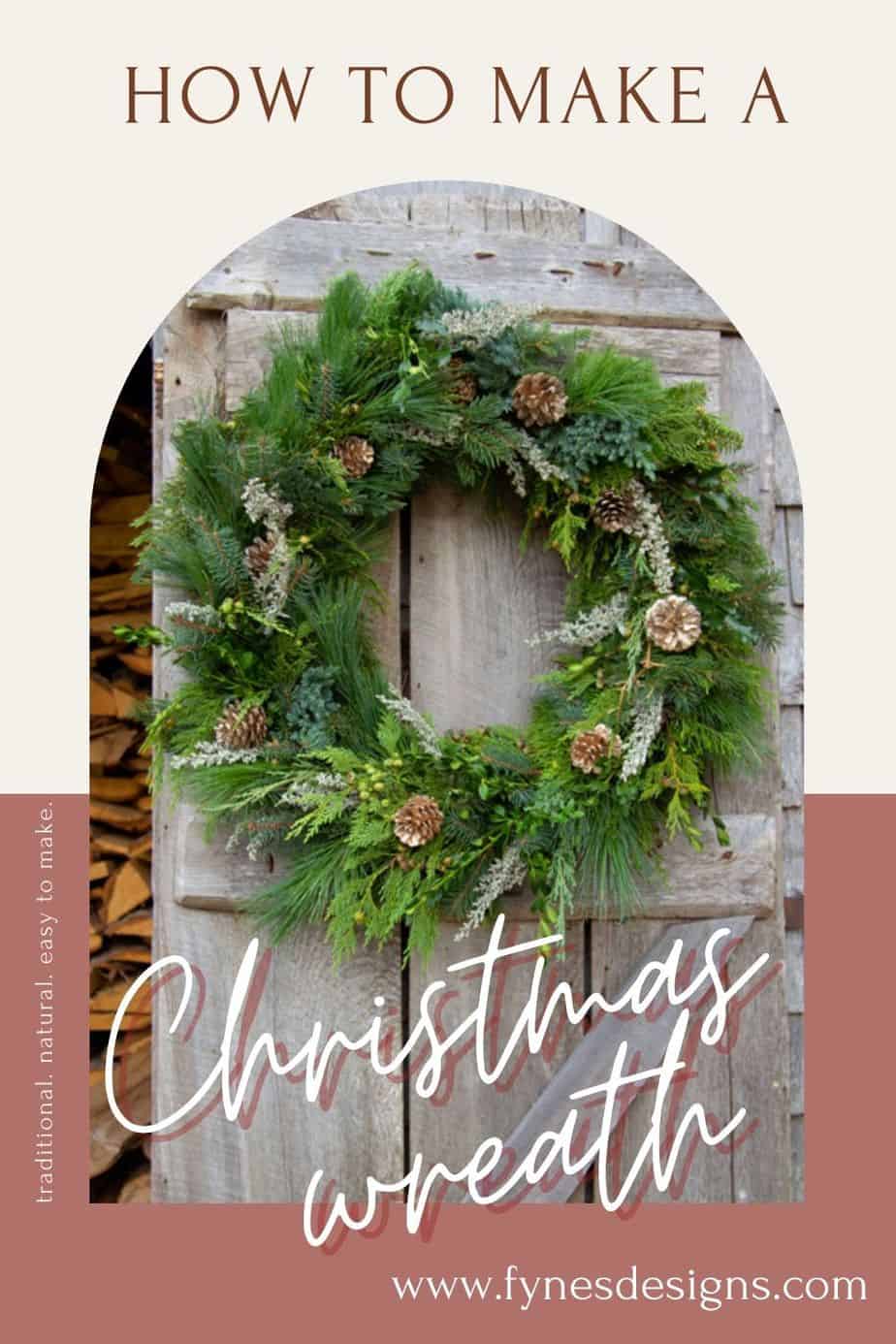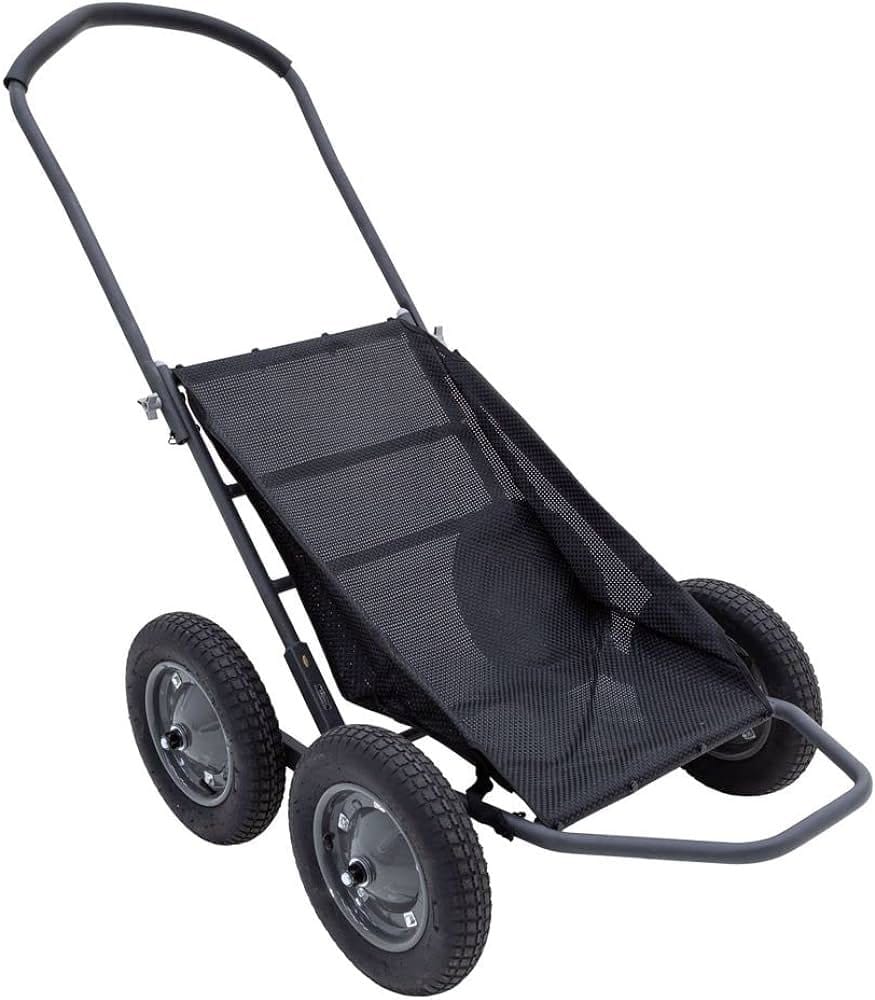A homemade deer sled is a DIY solution for transporting game. It’s typically crafted from durable materials to glide over terrain.
Crafting a homemade deer sled provides hunters with a practical and cost-effective means to transport their game. By using common materials such as heavy-duty plastic, wood, or even old ski equipment, anyone can create a sled that’s both lightweight and resilient.
Hunters often favor this customized approach as it allows for personalization to suit individual needs and local landscapes. The design and construction of a homemade deer sled focus on minimizing physical strain and maximizing efficiency during the haul from the hunt site to the processing area or vehicle. This ingenuity not only enhances the hunting experience but also respects game handling ethics by facilitating swift, respectful transportation of the harvest.
Introduction To Deer Sleds
When the hunting season arrives, outdoor enthusiasts gear up for the challenge. A key part of this preparation is considering how to transport game, such as deer, from the forest to your vehicle. This is where deer sleds become essential.
Purpose Of A Deer Sled
A deer sled serves a simple, yet crucial purpose. It allows hunters to move their harvest safely and efficiently. Without it, dragging a deer could become a taxing task, causing strain on the body and potential damage to the game.
- Ease of transport: Glides over terrain with minimal effort.
- Protects the game: Keeps the deer clean and reduces meat spoilage risks.
Advantages Of Diy Options
Building your homemade deer sled can offer many advantages. Customization and cost savings are among the most significant benefits.
| Customization: | You tailor the sled to your needs, considering size, material, and durability. |
| Cost-effective: | Making your sled can be far cheaper than purchasing a commercial one. |
DIY deer sleds also offer a sense of pride and accomplishment, enhancing the overall hunting experience.

Credit: www.fynesdesigns.com
Essential Materials For Construction
Constructing a homemade deer sled requires careful consideration of materials. The right choices ensure a durable, lightweight, and functional sled. Here, explore the best materials for each component of your deer sled.
Choosing The Right Fabric
The fabric forms the sled’s bed, holding the deer securely. Weather resistance and toughness rank high in fabric selection.
- Canvas: Robust and water-resistant.
- Polyester: Durable with excellent tear strength.
- Nylon: Lightweight and easy to clean.
Selecting Durable Frames
A sled’s frame must withstand weight and terrain. The choice of frame material impacts the sled’s longevity.
- Aluminum: Lightweight yet strong.
- Steel: Offers more weight but exceptional durability.
- HDPE (High-Density Polyethylene): Resists cold and impact.
Necessary Tools And Fasteners
Building a sled requires a set of basic tools and fasteners. Ensure these are ready before starting.
| Tool | Fastener |
|---|---|
| Drill | Screws |
| Saw | Bolts and Nuts |
| Staple Gun | Rivets |
Classic Deer Sled Design
Building a homemade deer sled can be a rewarding project for any hunter. This classic design provides a practical way to transport game with ease, even through deep snow. Crafting a sled with your own hands not only saves money but also creates a customizable tool that can last for seasons. Let’s delve into creating a traditional deer sled, perfect for your next hunting adventure.
Basic Sled Blueprints
Before starting your project, you need clear blueprints. A basic sled design includes a flat base with raised sides to securely hold the deer.
Blueprint Components:- Sled base – the main platform that supports the weight of the game
- Curved runners – for smooth movement over snow
- Sled sides – to prevent the deer from sliding off
- Rope or handles – for pulling the sled
Step-by-step Assembly Instructions
Now that you have your blueprints, let’s start building your sled.
- Cut the base to your desired size, typically 2’x6′.
- Shape the runners with a slight curve at the front.
- Attach the runners to the base using screws or bolts.
- Secure the sides to the base, ensuring they are strong enough to hold the deer.
- Add handles or rope at the front for pulling the sled.
Advanced Features For Enhanced Utility
When crafting a homemade deer sled, going beyond the basics can take your sled to the next level. By adding advanced features, you create a highly functional and robust tool for your outdoor adventures. Safety, comfort, and durability stand at the forefront of these enhancements. Let’s dive into the specifics.
Incorporating Drag Handles
Durable drag handles are a game-changer for transporting game. Strategically placed, they help in maneuvering the sled over varied terrains.
- Ergonomic positioning ensures ease of grip and reduced strain.
- Multiple handle options enable single or multi-person use.
- Handles wrapped in non-slip materials provide a secure hold, even in wet conditions.
Adding Padding For Protection
Padding serves multiple purposes. It protects the sled’s contents from damage during transport.
Consider these padding advantages:
- Cushions against impact, reducing bruises to the game.
- Mildew-resistant material ensures padding longevity.
- Easy to clean surfaces maintain hygiene.
Reinforcing The Base For Durability
A reinforced base extends the sled’s lifespan. Strong materials like high-density polyethylene withstand harsh conditions and heavy loads.
| Feature | Benefit |
|---|---|
| Thickened base layer | Resists punctures and abrasions. |
| Reinforced runners | Enhances stability and steering control. |
| UV resistant coating | Protects from sun damage, ensuring longevity. |
Apply these features correctly to build a sturdy, reliable homemade deer sled.
Troubleshooting Common Issues
An effective homemade deer sled saves time and effort in the field. Yet, like any outdoor gear, it might face issues. Let’s troubleshoot and keep that sled gliding!
Dealing With Wear And Tear
Regular checks are vital to extend your sled’s life. Inspect the sled after each use. Look for cracks or tears. A repair kit is a quick solution for minor damage.
- Use patches for holes or cuts.
- Replace parts like ropes or handles if they show wear.
Improving Sled Stability
Stability is key for a smooth haul. Weight distribution affects balance.
- Evenly place the load across the sled.
- Lower the sled’s center of gravity. Place heavier items at the bottom.
- Add side rails if tipping is an issue.
Test the improved sled on different terrains.
Enhancing Portability
Easy transport makes a homemade deer sled invaluable.
- Select lightweight materials for construction.
- Compact design helps. Build the sled to fold or disassemble.
Wheels or skis attached to the sled’s base improve movement over diverse grounds. Invest in durable and detachable wheels if needed.

Credit: www.mossyoak.com
Customizing Your Deer Sled
Welcome to the creative corner for the outdoor enthusiasts who love how their gear looks as much as how it performs. A homemade deer sled not only serves its purpose to haul game, but with a few customizations, it can also reflect your personality and specific needs. Let’s dive into making that deer sled unmistakably yours.
Personalizing With Paint And Decals
Transform your sled into a piece of art on the snow. Bold non-toxic paint can give it a fresh, vibrant look. Ensure the paint is suitable for plastic and outdoor use for durability. Adding decals offers that personal touch. Choose from:
- Camo patterns
- Reflective stickers for visibility
- Favorite brand or hunting club logos
Consider a clear coat over the paint and decals to protect them from the elements.
Modifying Dimensions For Specific Uses
Selecting the right size ensures your sled fits all your needs. You might prefer:
- A longer sled for larger game
- A compact sled for tighter trails
- Adjustable sides for variable load sizes
Measure your usual game and storage areas to determine the perfect sled dimensions.
Attaching Storage Compartments
A sled that holds more is a sled that does more. By attaching various compartments, you maximize its utility. Think about:
- Waterproof boxes for electronics or snacks
- Straps or nets to secure equipment
- Removable bags for convenience
Placement is key. Balance your sled by distributing weight evenly.

Credit: www.amazon.com
Frequently Asked Questions On Homemade Deer Sled
What Materials Are Needed For A Deer Sled?
The basic materials for a homemade deer sled include a durable, slick material like heavy-duty plastic or tarp, ropes or straps for towing, and possibly metal or wood for reinforcement. It’s essential to ensure materials are weather-resistant and strong.
How To Build A Diy Deer Sled?
To build a DIY deer sled, cut the plastic or tarp to size, reinforce the edges, and attach ropes or straps securely. Consider adding a frame for stability. Ensure the sled is large enough to carry a deer and can be easily pulled.
What Is The Cost Of Making A Deer Sled?
Making a homemade deer sled can be quite cost-effective. Depending on materials sourced, it could range from $20 to $50. This is much cheaper than buying a commercial sled, with prices often starting around $100 or more.
Can A Homemade Deer Sled Be Durable?
Yes, a homemade deer sled can be highly durable when made with the right materials. Heavy-duty plastic and strong ropes, along with proper construction, can ensure the sled withstands the rigors of use in the field.
Conclusion
Crafting a homemade deer sled can offer an enriching and practical DIY experience. With the right materials and a touch of creativity, you make tracking and transporting game much simpler. Embrace the self-sufficiency of building your own sled and savor the satisfaction that comes from using it during hunting season.
Keep innovating—your outdoor adventures await!


